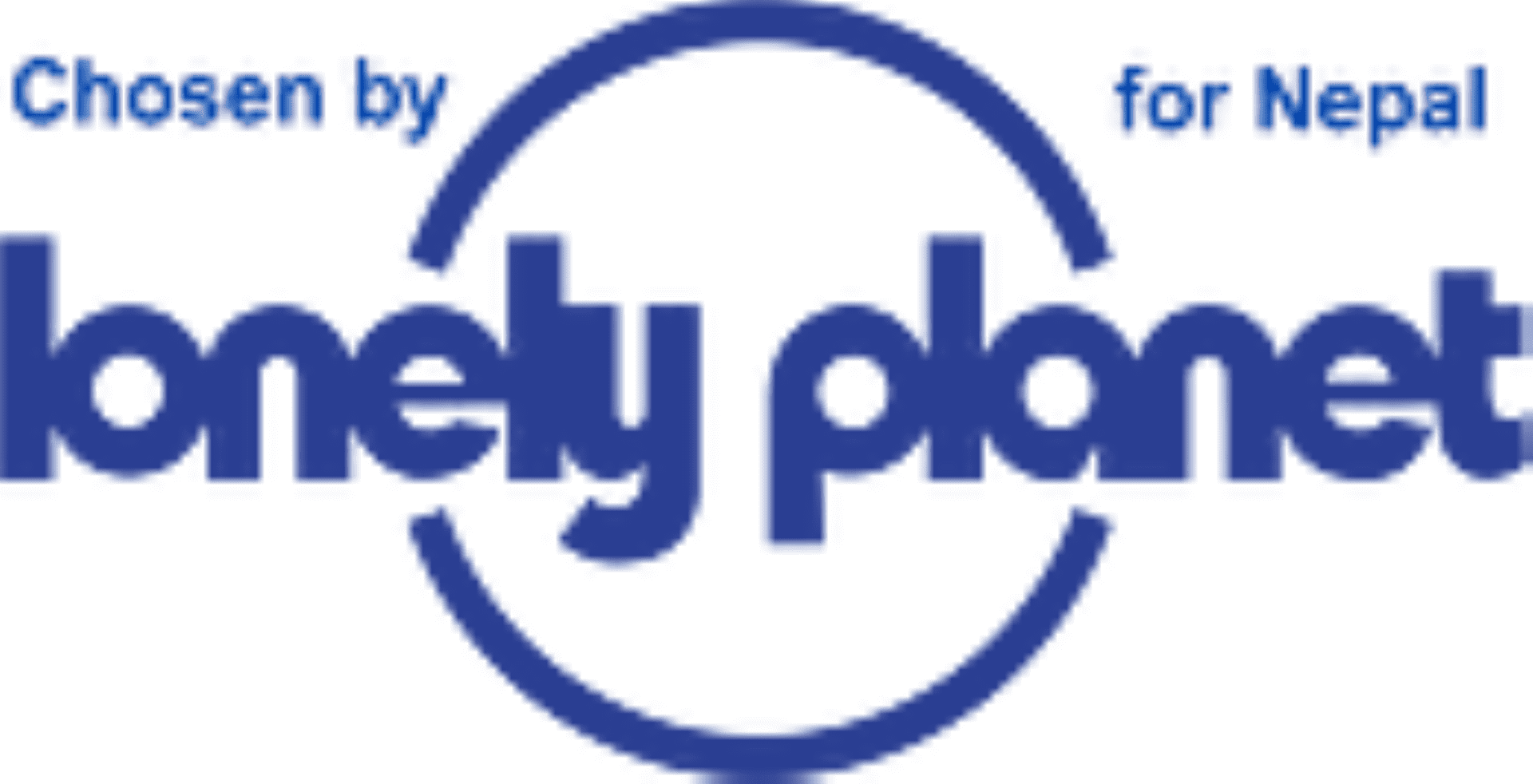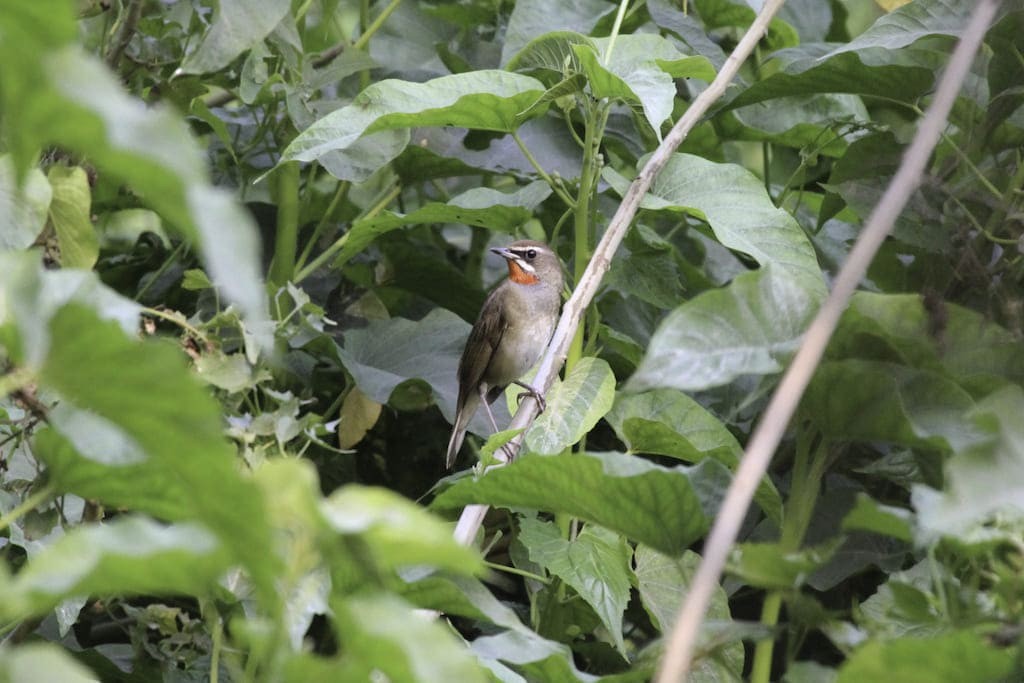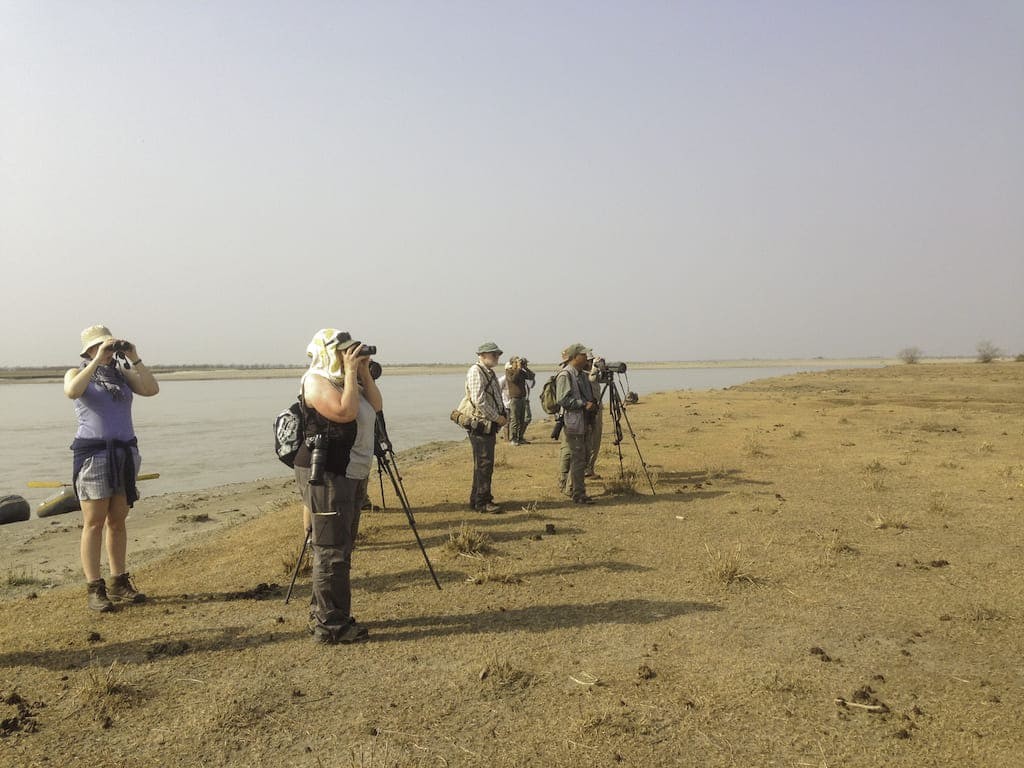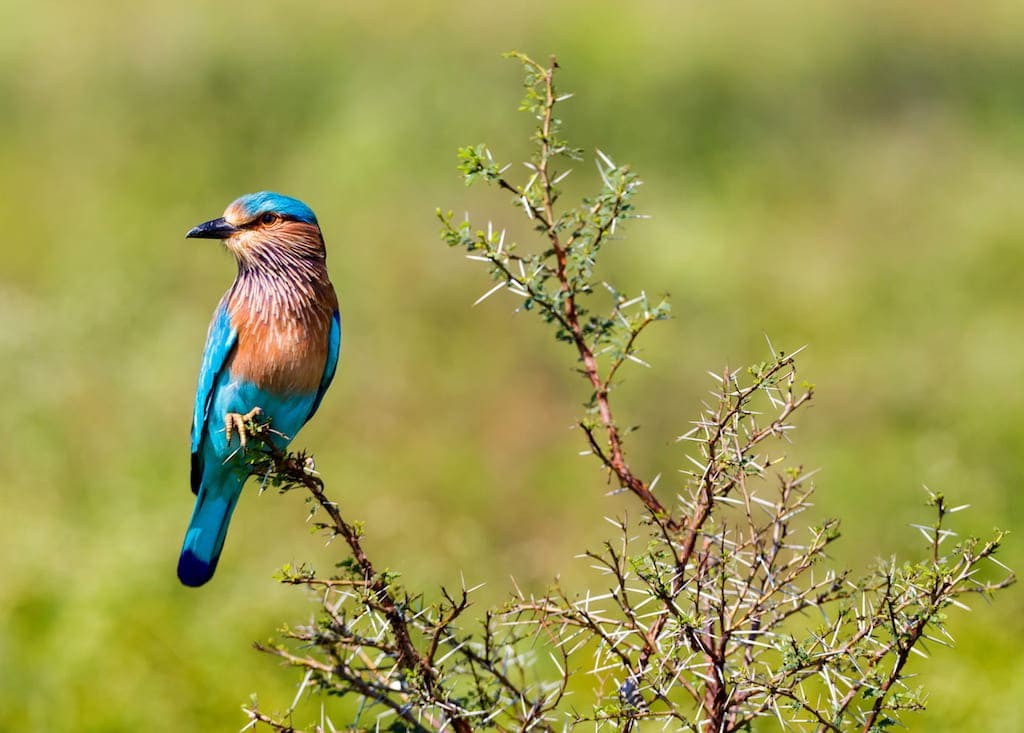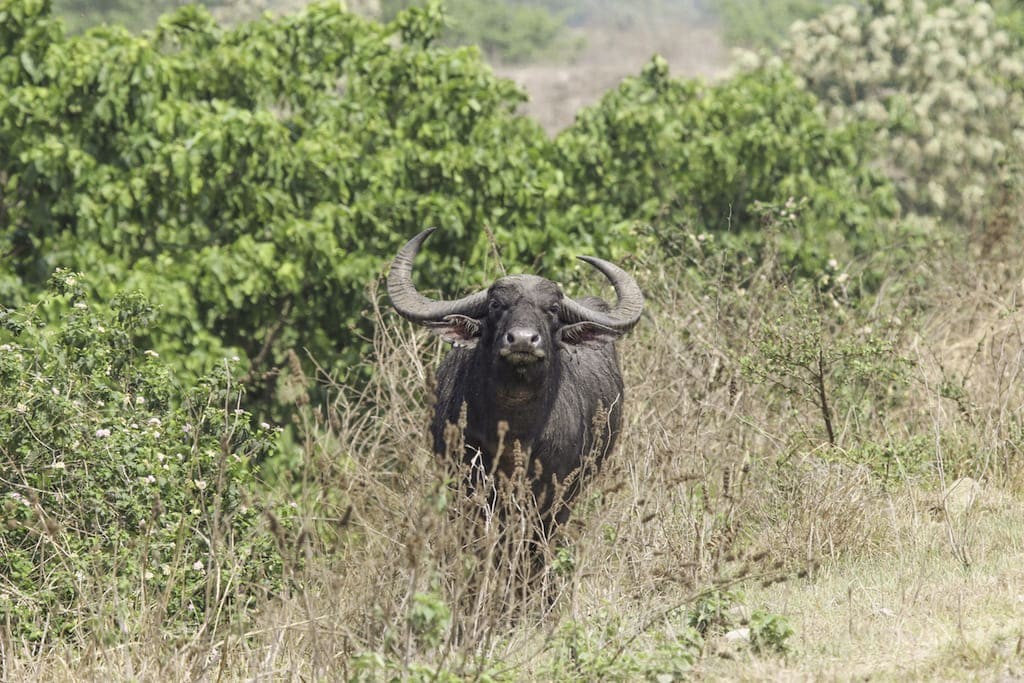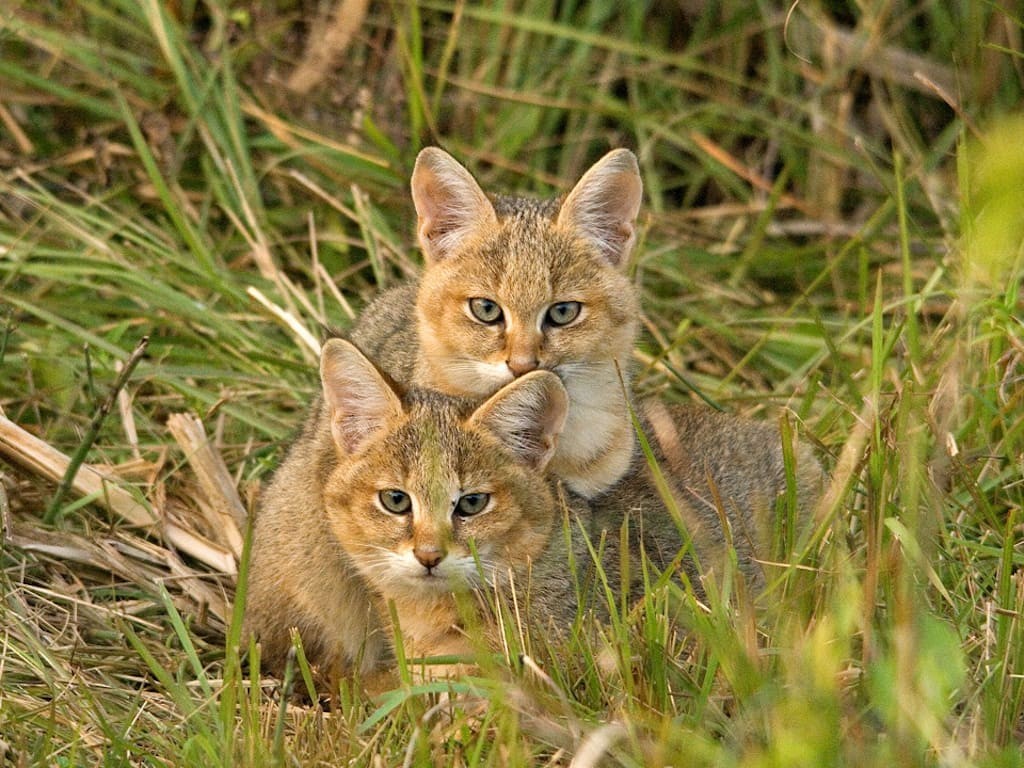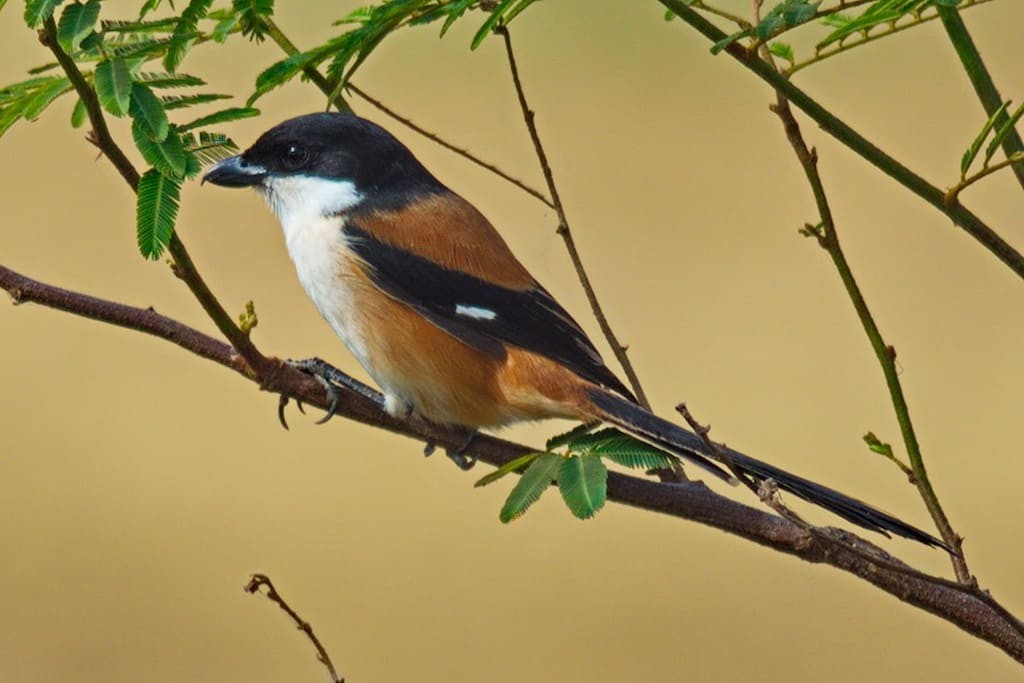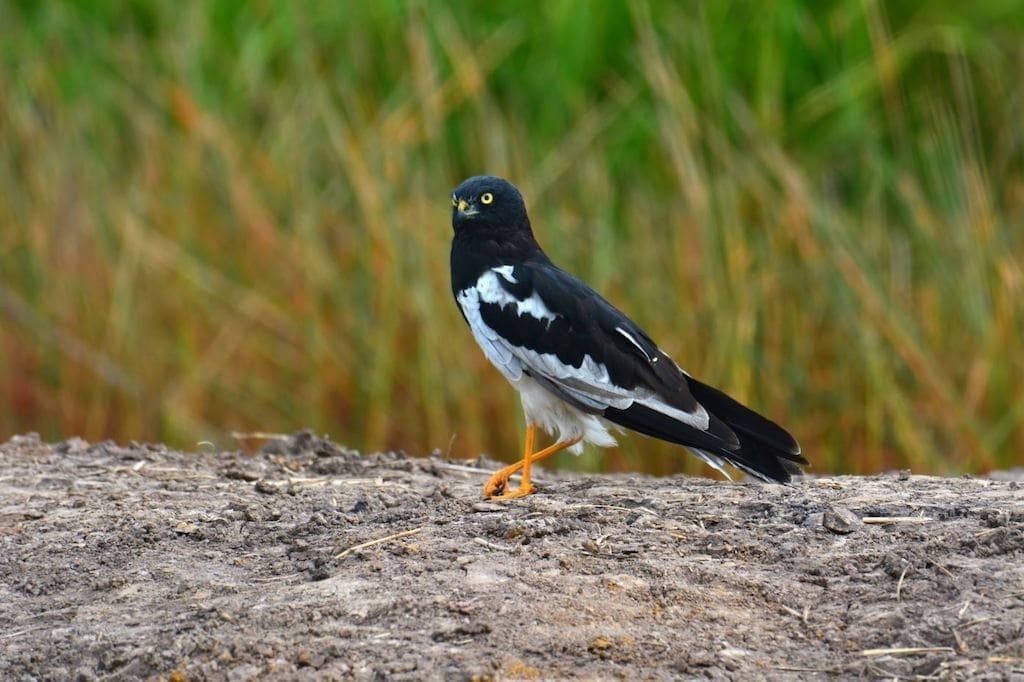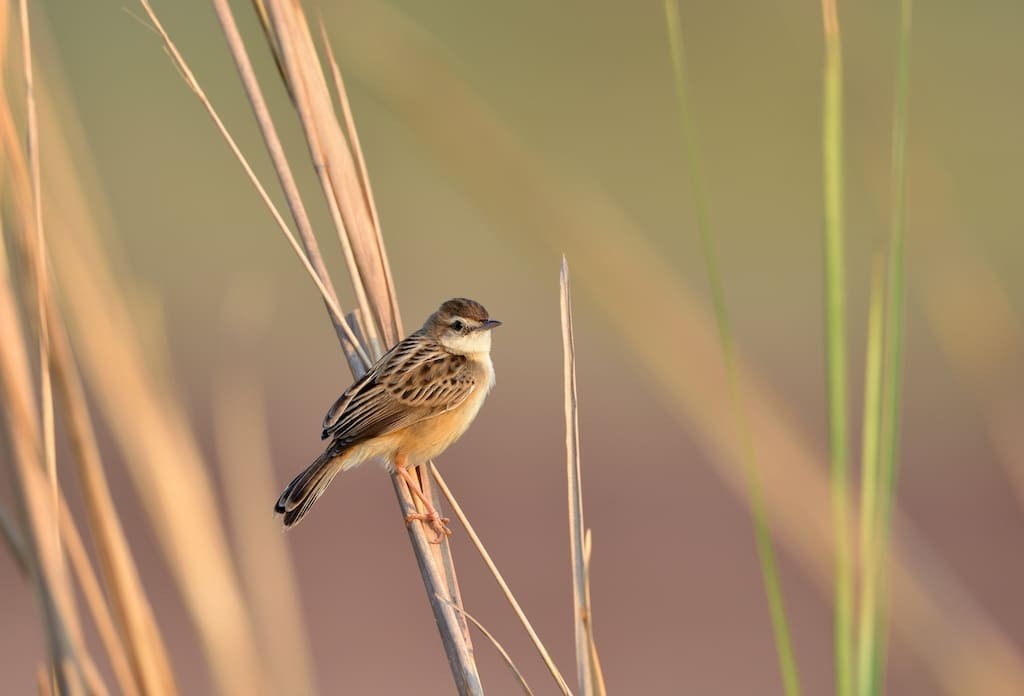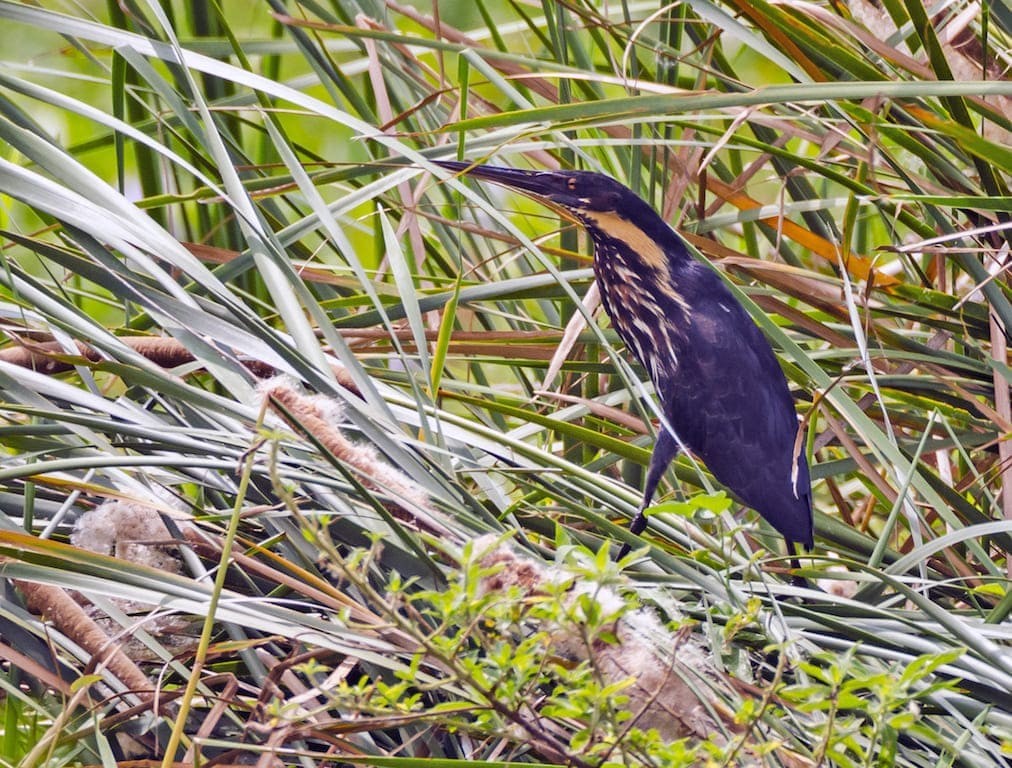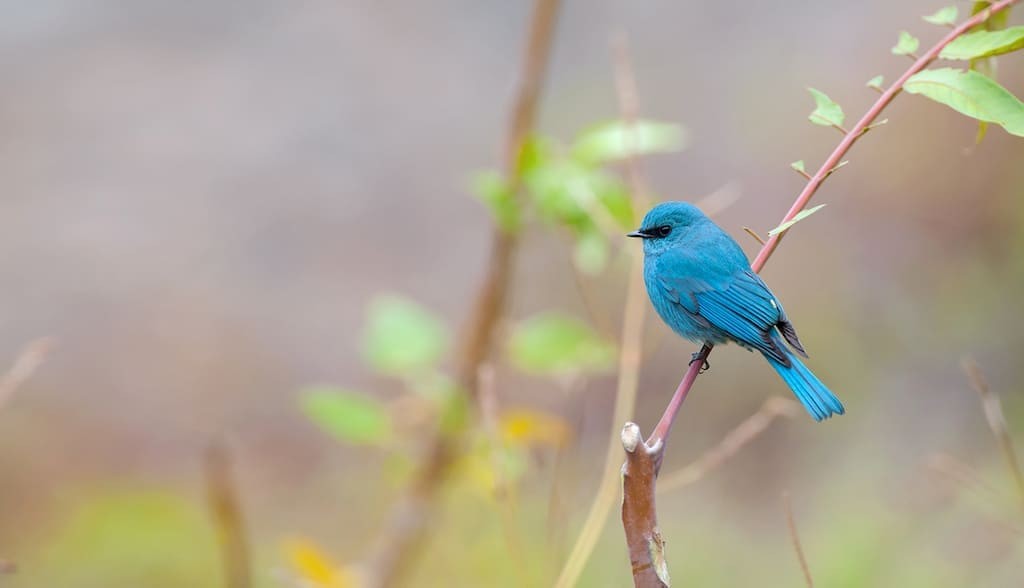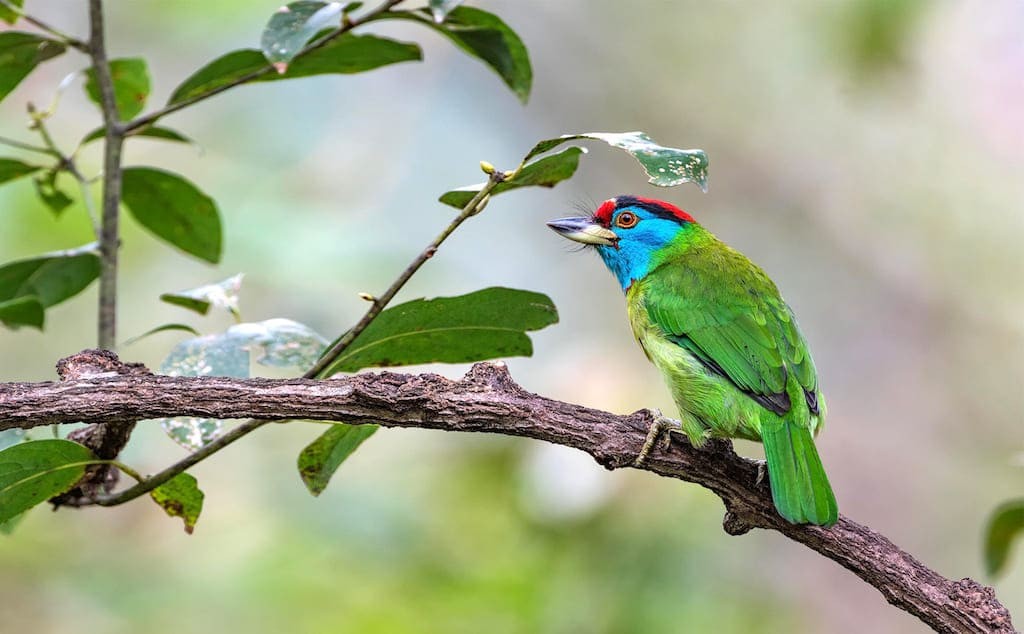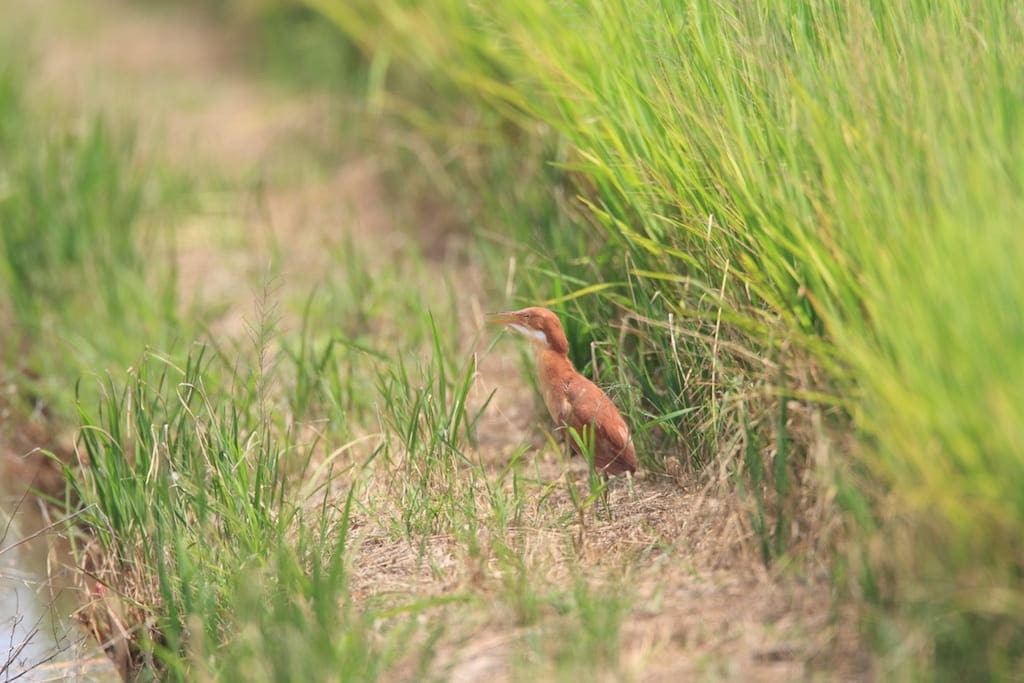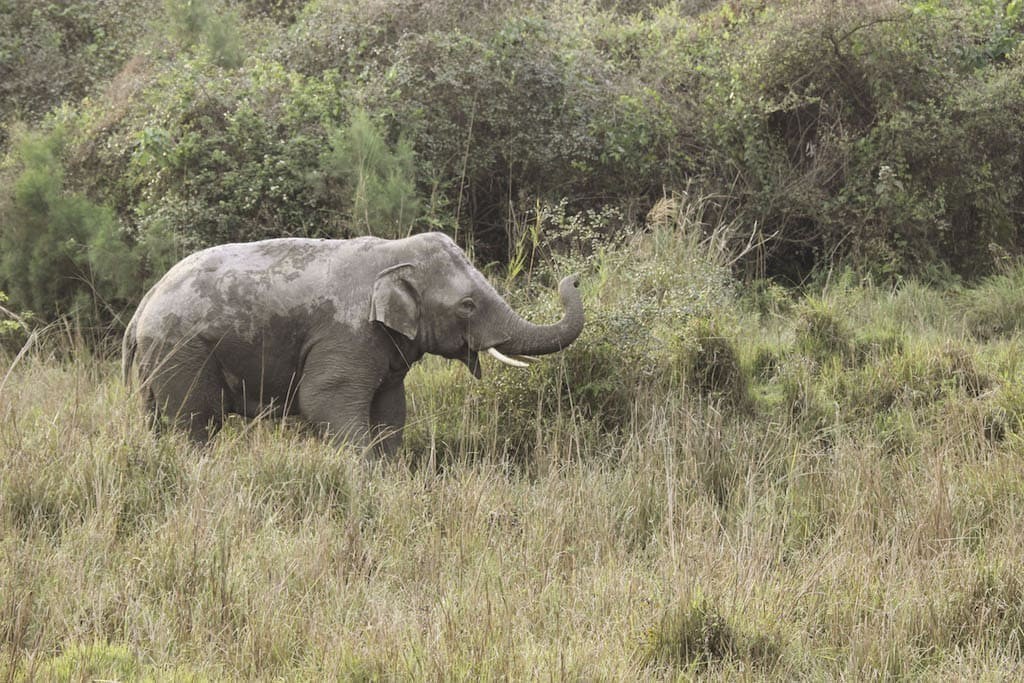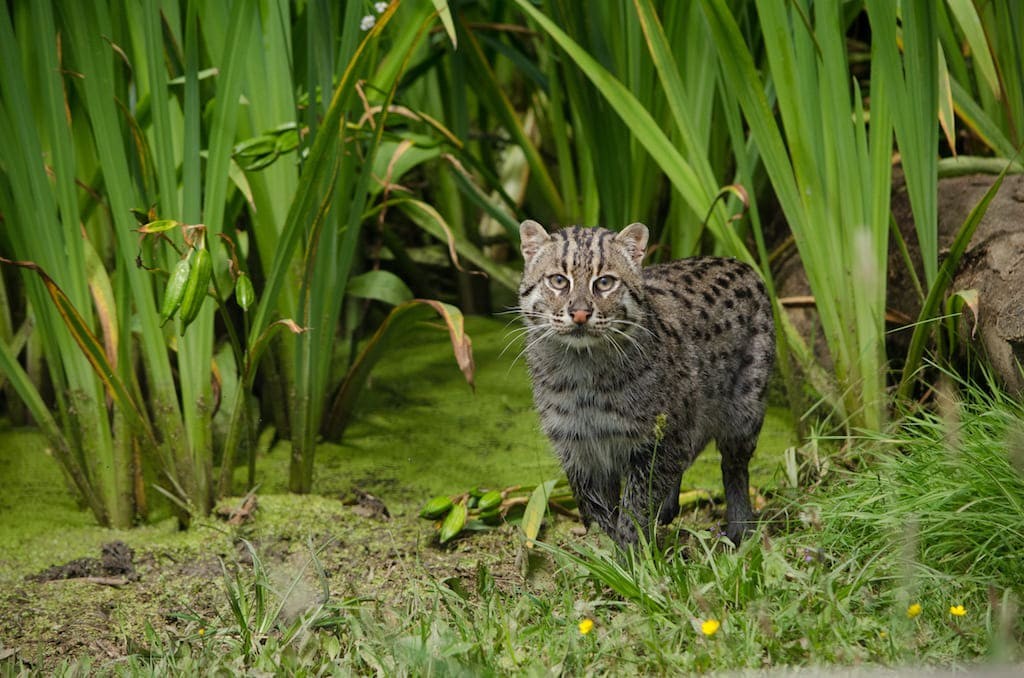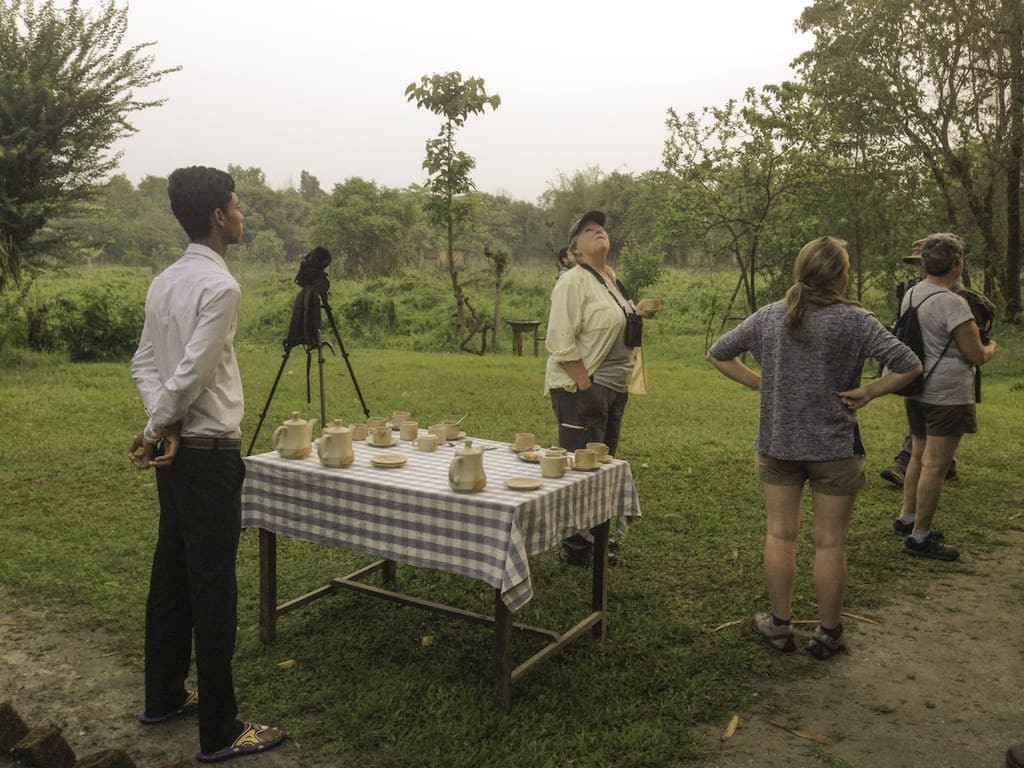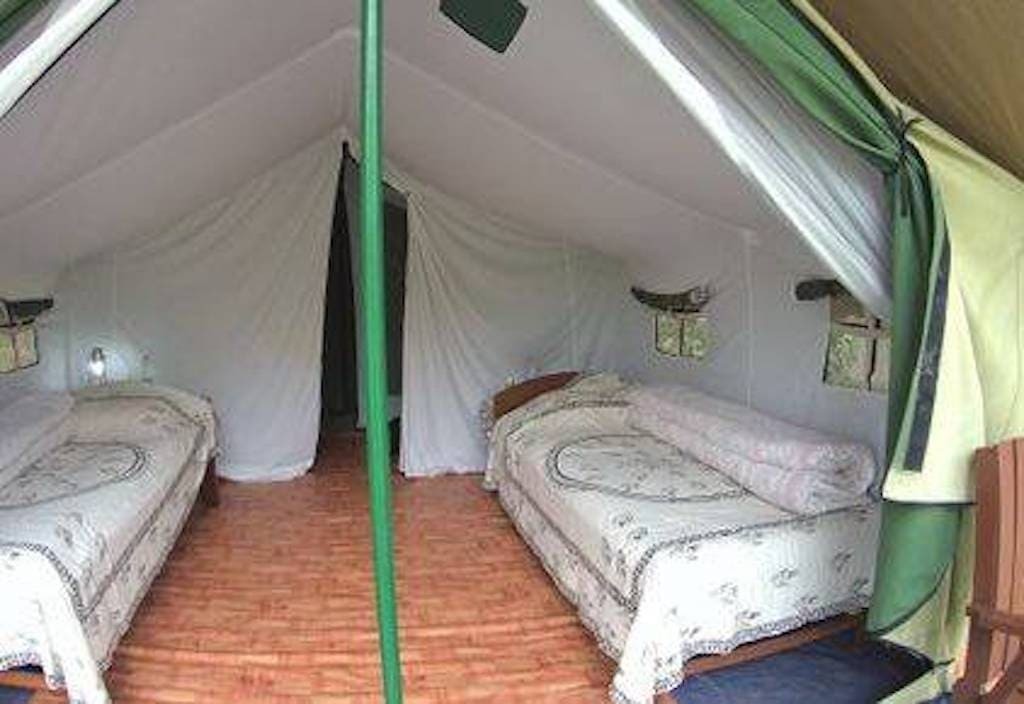You can contact us by e-mail or phone
from uk
01405 862917
outside uk
+44 1405 862917
01405 862917
+44 1405 862917
Koshi Tappu
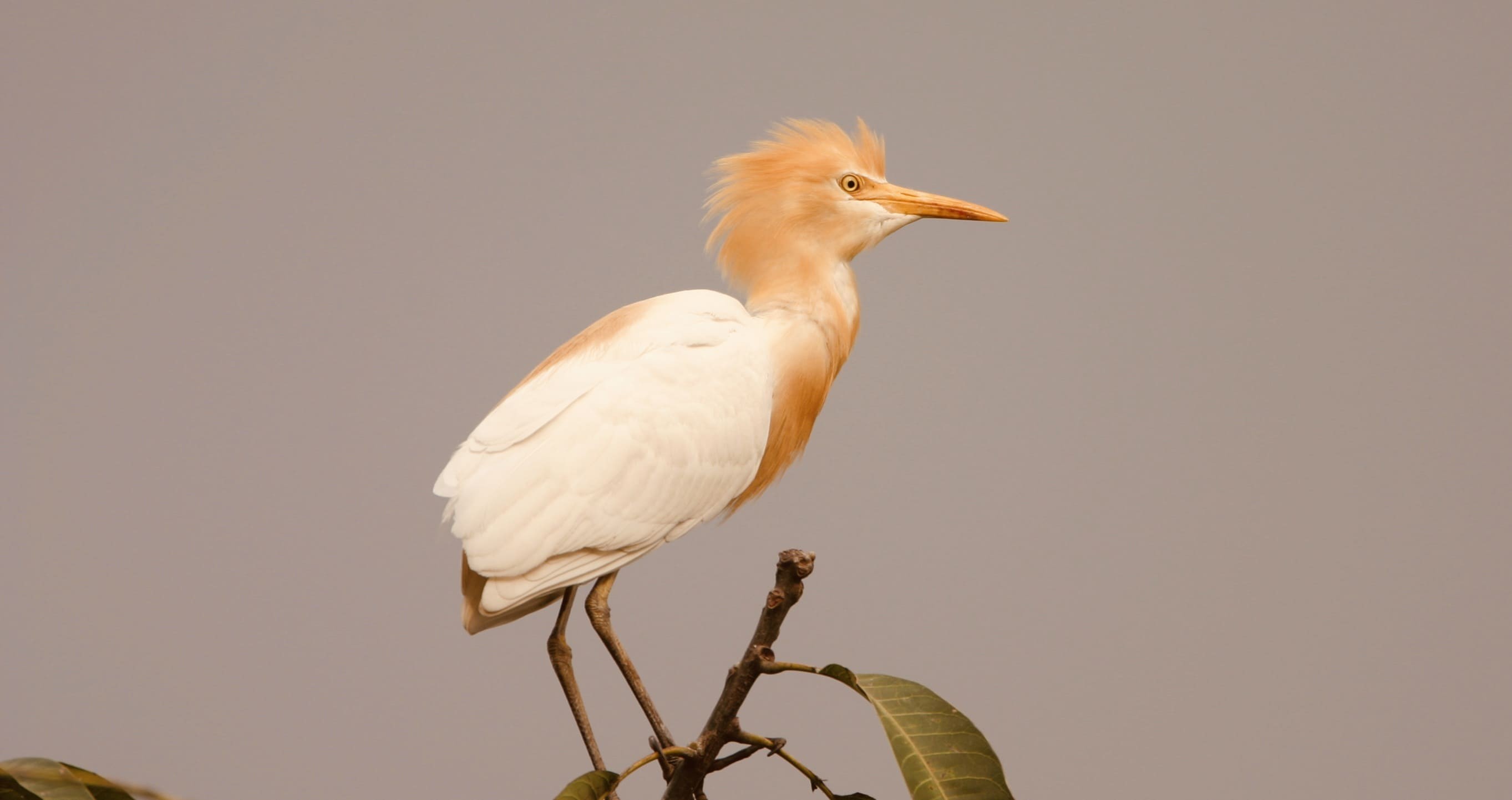
Koshi Tappu
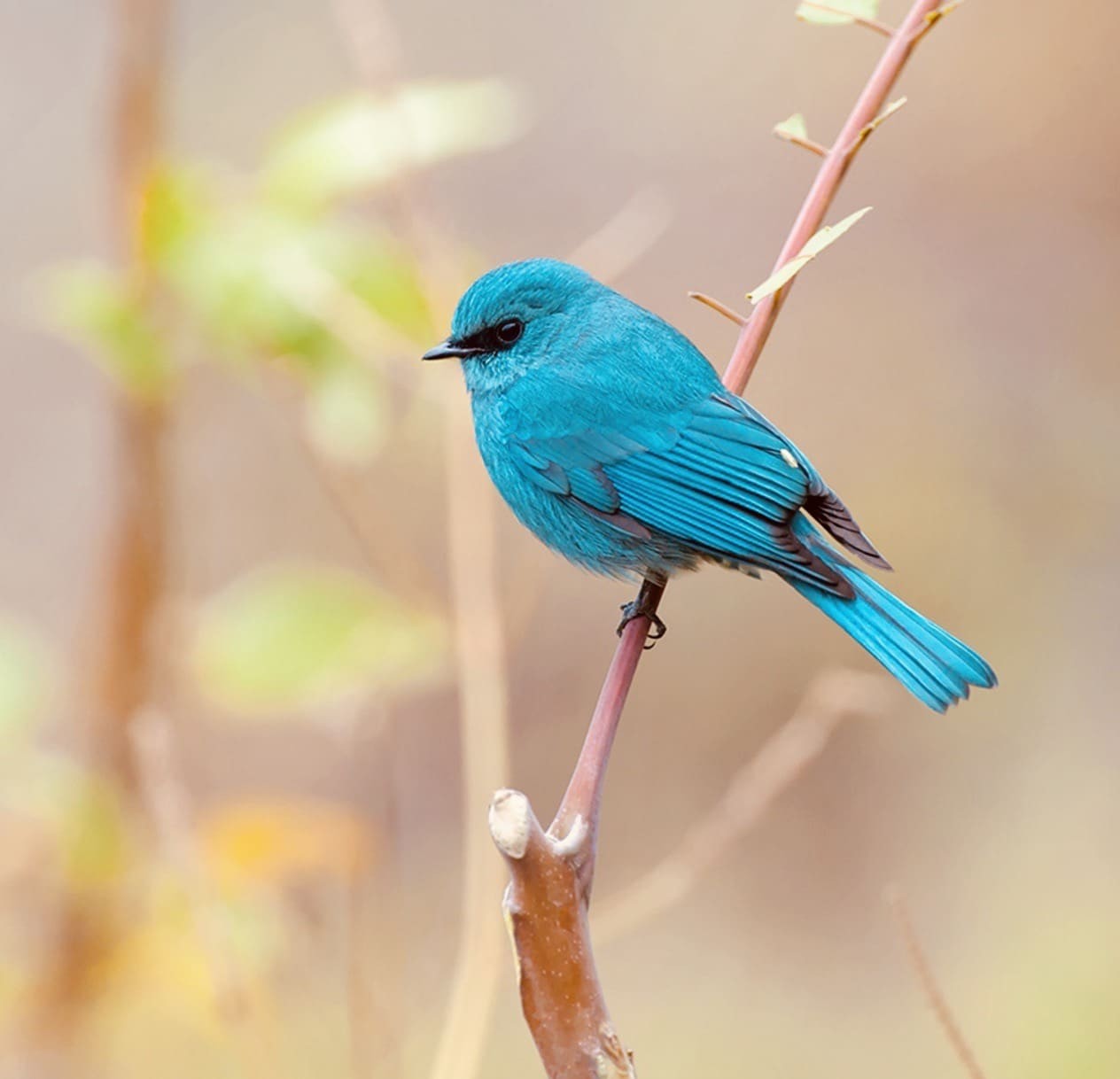
Located in the far east of Nepal on the border with India, the Koshi Tappu Wildlife Reserve was originally created to protect the last remnants of Nepal's wild water buffalo, and to this day there are around 320+ of these animals.
However, this area of grasslands, marshlands, rivers, and flood plains is perhaps most renowned nowadays for its bird life. Approximately 480 different species of birds have been recorded in Koshi Tappu. These include (but are clearly far from limited to) the likes of the Bengal Florican, Indian Nightjar, Pallas's Fish Eagle, Swamp Francolin, Black-necked Stork, Lesser Adjutant, Comb Duck, Falcated Duck, Spot-billed Duck, Cotton Pygmy Goose, Baer's Pochard, Bailon's Crake, Ruddy Crake, Greater Painted Snipe, Pheasant-tailed Jacana, Yellow-wattled Lapwing, Indian Courser, Black-bellied Tern, Imperial Eagle, White-tailed Eagle, Lesser Kestrel, Bristle Grasbird, Striated Grasbird, and Watercock.
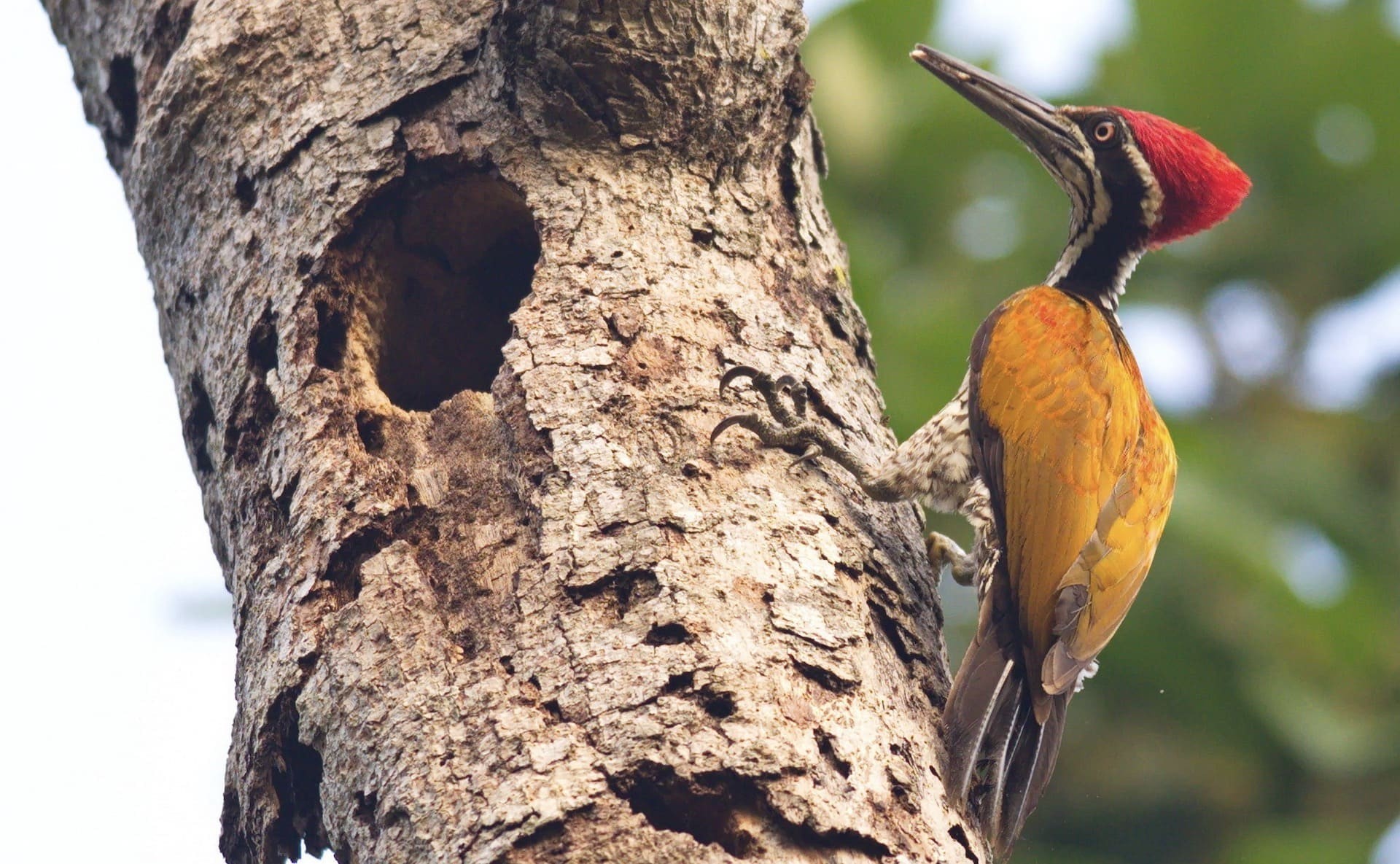
The Gangetic river dolphin has been sighted here, and there are several mammal species worthy of note too, including the Asian elephant, which is rarely seen in the wild in Nepal, the smooth-coated otter, and hog deer.
From Kathmandu, it's an arduous 10-hour drive, so by far the best way to get to Koshi Tappu is to fly from Kathmandu to Biratnagar, from where it's under 2 hours by road. The flight (although short) is pretty spectacular, as you can see Everest and many other Himalayan giants too.
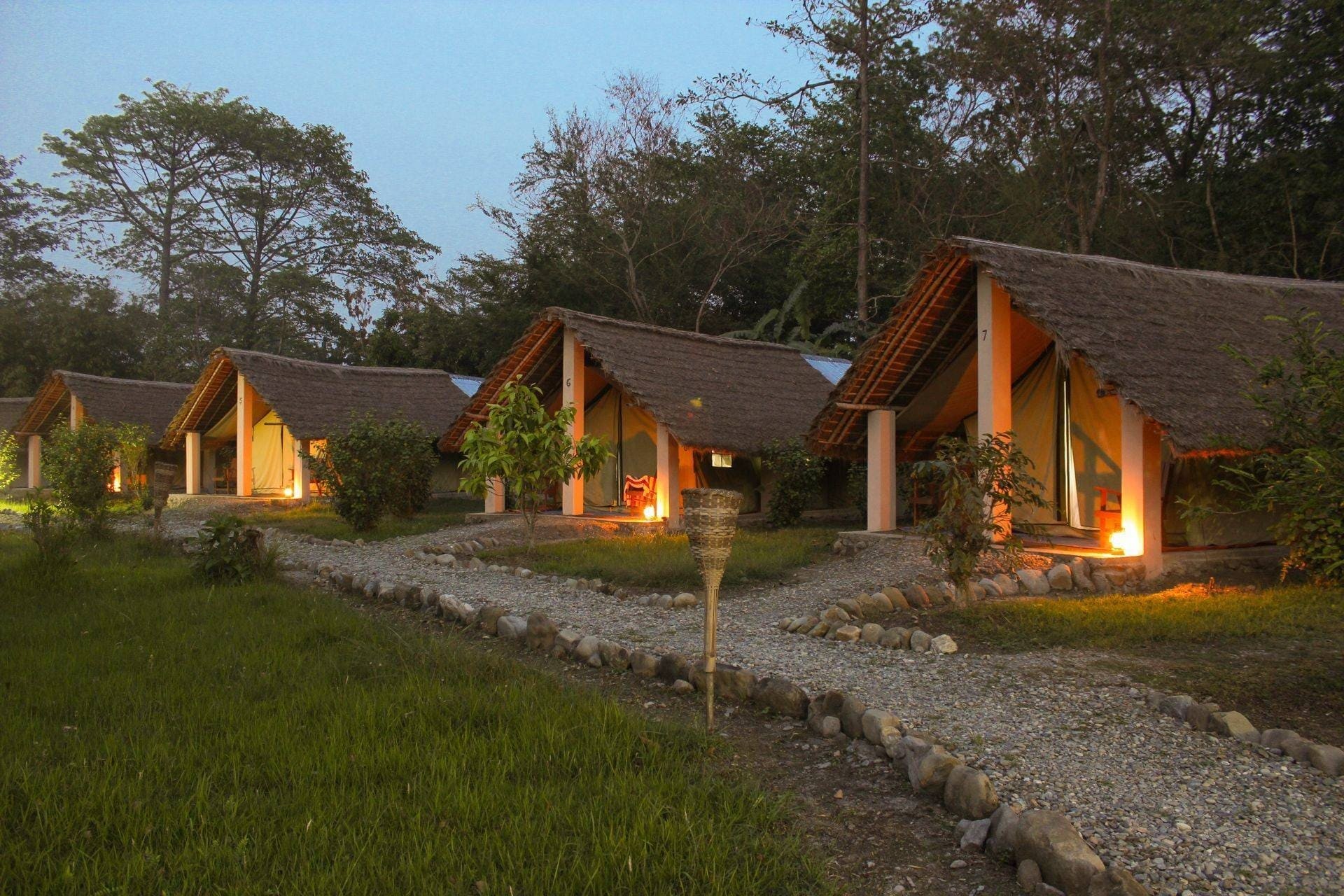
For those wishing to visit Koshi Tappu Wildlife Reserve, we use the accommodation and specialist naturalist services provided by the team at the Koshi Tappu Wildlife Camp. Accommodation is in simple safari-style tents with proper beds and private facilities. Meals are taken at the camp's restaurant. As well as the best guides for Koshi Tappu, the camp provides a tranquil and comfortable base from which to experience Koshi Tappu.
As with all wildlife and birding holidays, the general rules of 'the longer you stay, the more you may see' and 'luck' prevail.
The main season for Koshi Tappu is October–April, i.e., outside the monsoon season. Post-monsoon (October–December), the grasslands refreshed by the monsoon rains are quite high, which can diminish wildlife spotting potential.

Read our Nepal Travel Guide

All rights reserved. Snow Cat Travel is a Registered Trade Mark UK 00003289264
